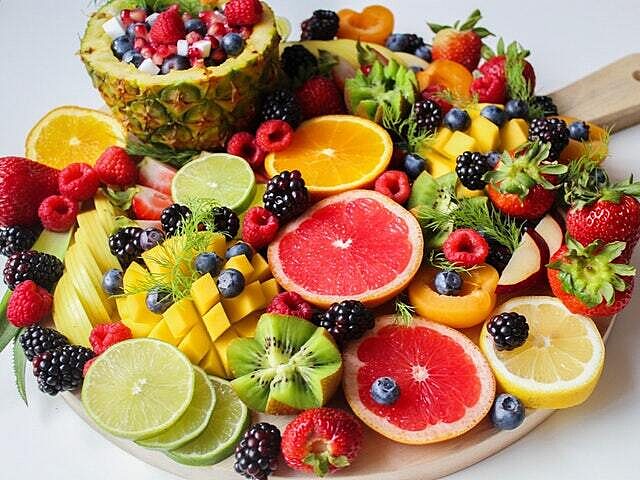
CleanFruit - Standardisation of innovative pest control strategies to produce zero residue fruit for baby food and other fruit produce
Fruit crop protection is heavily dependent on chemical pesticides but consumers and fruit processors are increasingly interested in residue-free fruit.
The CleanFruit project aims to design and promote a crop protection strategy to produce zero-residue (ZeR) fruit.
Find out more about the project in our Introductory video:
Grower Survey
Part of our project is to better understand growers’ interest and attitudes towards pest management methods that leave zero pesticide residues on fruit. Would you be willing to complete a short questionnaire (10-15 minutes) on your experiences and attitudes towards pest management? This would help us with our research.
You can find the online questionnaire at the following link: Survey: Fruit Grower Attitudes Towards Zero Residue Pest Management Approaches

Project background
Conventional approaches to the protection of fruit from pests are heavily reliant on synthetic chemical pesticides, which can have unwanted side effects on the environment (e.g. surface and ground water contamination, adverse effects on soil fertility and contamination of air, soil and non-target vegetation and organisms), and leave residues on the fruits that present potential or perceived health risks for producers and consumers. Today’s consumers are becoming more vocal about their desire for sustainable means of pest control that maintains a healthy and productive agriculture system.
Integrated pest management (IPM) and organic agriculture use pest management strategies to reduce synthetic pesticide use and their negative side effects. IPM employs the use of all appropriate pest management options (biological, cultural and mechanical techniques), to try to minimise the use of synthetic pesticides. Whilst organic food production relies on many of the same techniques to prevent crop losses, it restricts the use of pesticides to those that are produced from natural sources, as opposed to synthetic fertilisers and pesticides. Both IPM and organic agriculture can significantly decrease the levels of synthetic pesticide residues on or in food products, while maintaining crop yield and profitability.
Consumers are calling for “cleaner” foods without pesticide residues, especially in more sensitive products such as baby food. In the European market most crop products from conventional farming systems contain measurable residues of at least one synthetic pesticide. According to the European Food Safety Authority (EFSA) 77.4% of strawberries and 63.5% of apples tested in 2016 contained residues of at least one pesticide. Multiple residues were found in 67.7% of strawberries and 41.8% of apples. Whilst organic crops offer lower residue levels, these are still frequently detected on a significant proportion of organic products. For example, in 2016 EFSA reported that residues were found on 16.9% of organic produce. Certified organic produce is experiencing growing demand, but remains a luxury, excluding large parts of the population due to high product prices. Additionally, the organic certification covers additional factors that a consumer driven by a desire to buy residue-free produce might not be willing or able to pay for (e.g. responsible use of energy and natural resources, maintenance of biodiversity, enhancement of soil fertility, maintenance of water quality and animal welfare).
The CleanFruit approach uses a combination of IPM and organic agriculture practices, with the aim of reducing pesticide residue levels in the crops below the level of detection by the end of the growing season. This includes the use of cultural & biological pesticides and other non-conventional methods instead, alongside minimal early season use of non-synthetic chemical pesticides to protect the plants from pests and diseases during crop development. Key features of this system include the implementation of a management program, alongside rigorous and constant crop monitoring. Biological control is a central element in IPM and ZeR strategies which helps to reduce or eliminate pesticide residues by controlling pests and plant diseases using other organisms.




